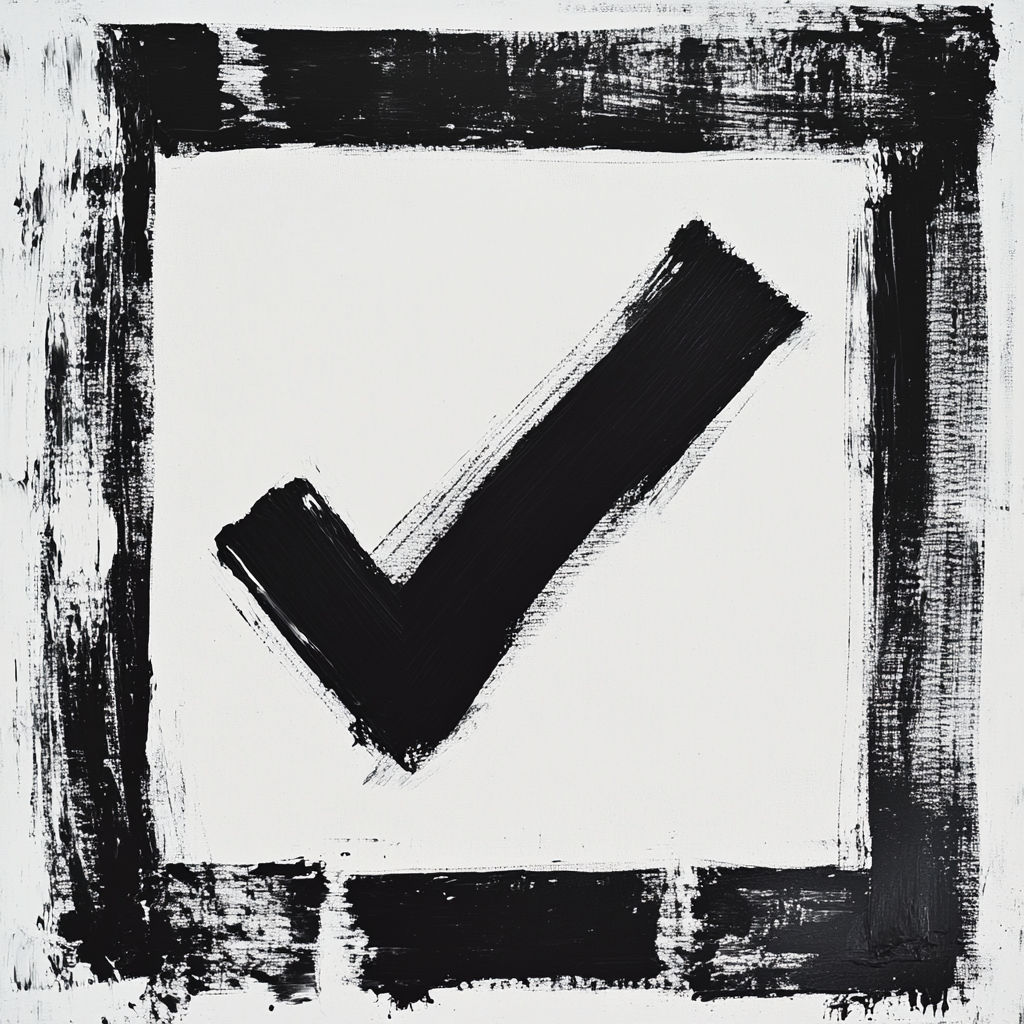Have you ever discovered an old glass bottle and wondered about its history, age, or potential value? Whether found during a home renovation, buried in a backyard, or inherited from family, antique bottles can be fascinating windows into the past. With millions of bottles produced throughout history, identifying and dating these glass treasures requires knowledge of specific characteristics and manufacturing techniques that evolved over time.
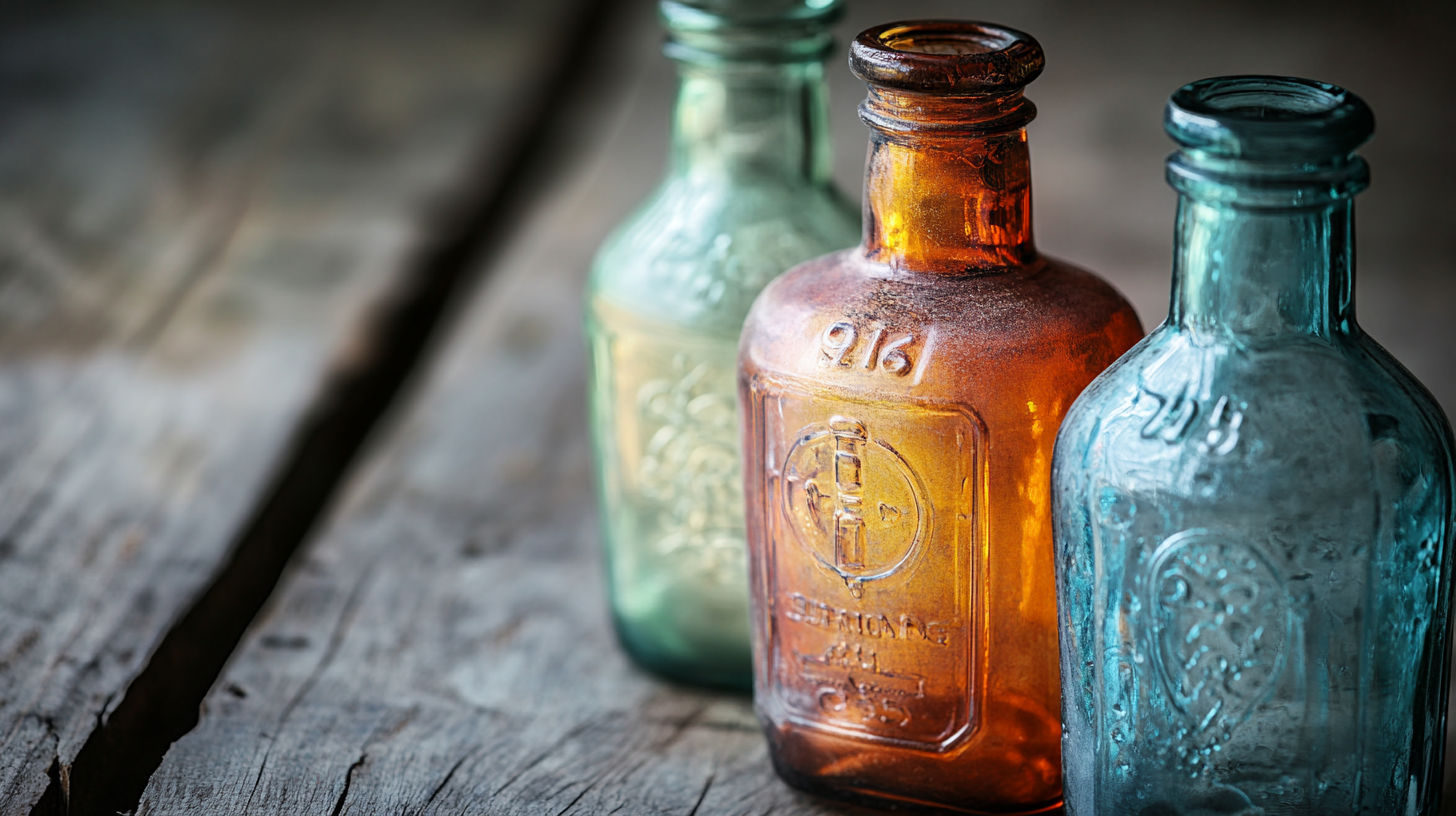
This comprehensive guide will equip you with the knowledge to identify old glass bottles by examining key features such as manufacturing methods, maker’s marks, colors, and physical characteristics. Whether you’re a novice collector, bottle digger, or simply curious about a found bottle, you’ll learn the essential techniques used by experts to date and value these historical artifacts.
Understanding How to Date Old Glass Bottles
Key Dating Features
The first step in identifying any old glass bottle is determining its approximate age. Glass bottle manufacturing methods have changed dramatically over the centuries, leaving telltale signs that help narrow down when a bottle was produced.
Manufacturing Methods and Mold Seams
One of the most reliable indicators of a bottle’s age is how it was made. By examining mold seams (the lines that run up the sides of a bottle), you can determine whether it was hand-blown, mouth-blown into a mold, or machine-made.
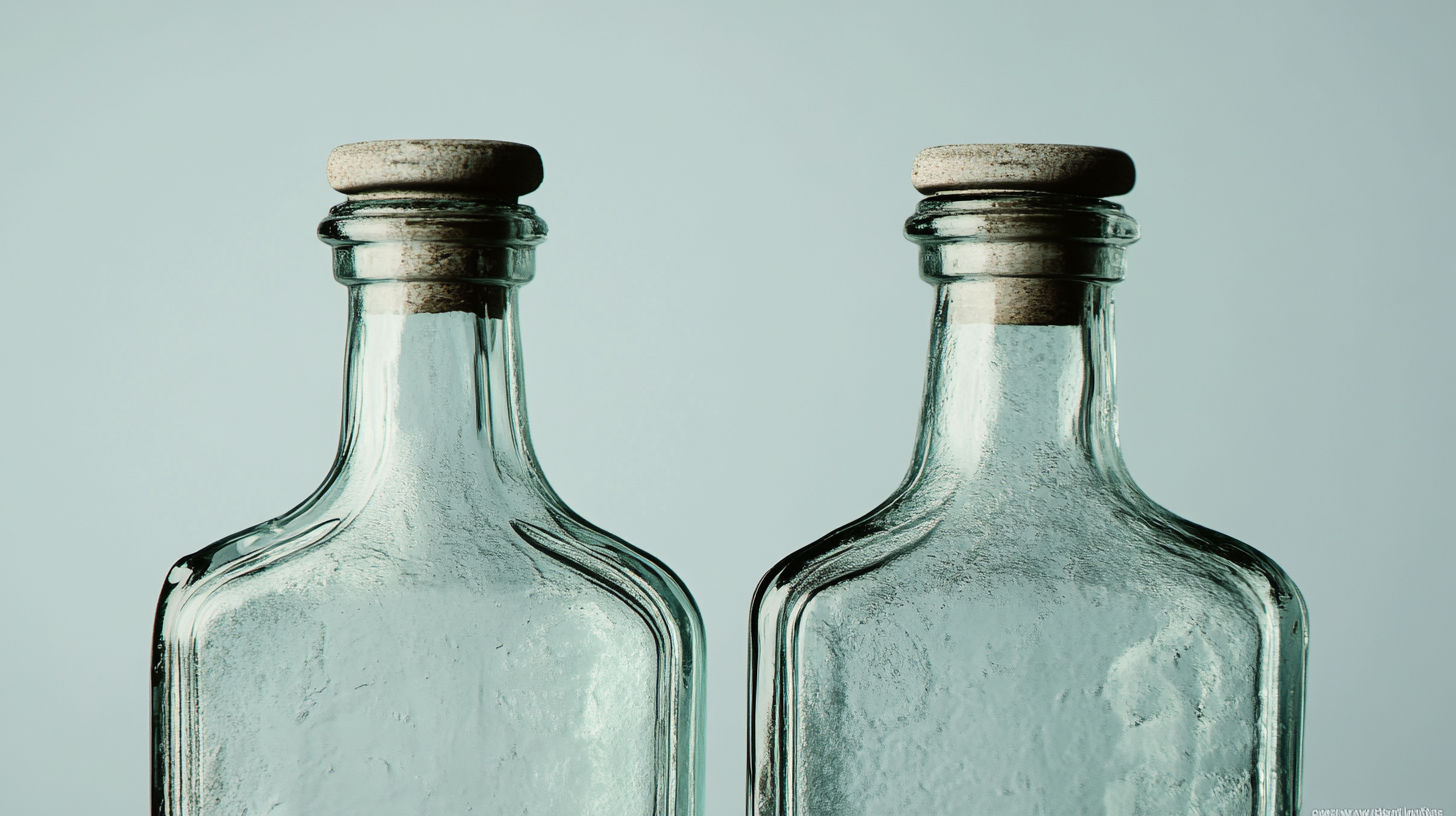
Glass Bottle Manufacturing Timeline
Evolution of Bottle Manufacturing
Free-Blown Bottles
Made without molds by glassblowers, these earliest bottles have irregular shapes and typically feature pontil marks on the bottom. They lack mold seams entirely.
Mouth-Blown Molded Bottles
Blown into molds but finished by hand. Mold seams typically disappear near the neck and lip, as these areas were fire-polished during finishing.
Machine-Made Bottles
Fully automated production. Distinctive mold seams run all the way to the top of the lip. This technology revolutionized bottle production and dominates today.
Pontil Marks
The presence of a pontil mark (or “pontil scar”) on the base of a bottle is a strong indicator of age. This mark was left when the pontil rod - a metal rod used to hold the bottle during manufacturing - was detached from the bottle’s base.
Pontil Mark Identification
According to the Society for Historical Archaeology, pontil marks were largely phased out by the 1870s. Finding a bottle with a pontil mark typically indicates it was made before this time, making it a potentially valuable antique.
Bottle Closures and Finishes
The design of a bottle’s top, or “finish,” can also provide valuable dating information:
Bottle Finish Types and Dating
| Category | Price Range | Notes |
|---|---|---|
| Applied Finish | Pre-1870s | Glass added separately to form the lip, often uneven |
| Tooled Finish | 1870s-1910s | Formed from the bottle's neck glass, more uniform appearance |
| Machine-Made Finish | Post-1910 | Perfectly uniform, seams extend through the lip |
| Cork Closure Design | Pre-1920s | Designed for cork stoppers rather than screw caps |
| Crown Cap Finish | Post-1892 | Designed for crown bottle caps after their 1892 invention |
Note: Price ranges are approximate and can vary based on condition, rarity, and market demand.
Identifying Bottle Types by Shape and Function
Bottle Shapes and Their Uses
One of the most useful ways to identify old bottles is by examining their shapes, which were typically designed for specific contents and uses. The Historic Bottle Website’s Typing/Shapes Page offers detailed information on how bottle shapes correspond to their original purposes.
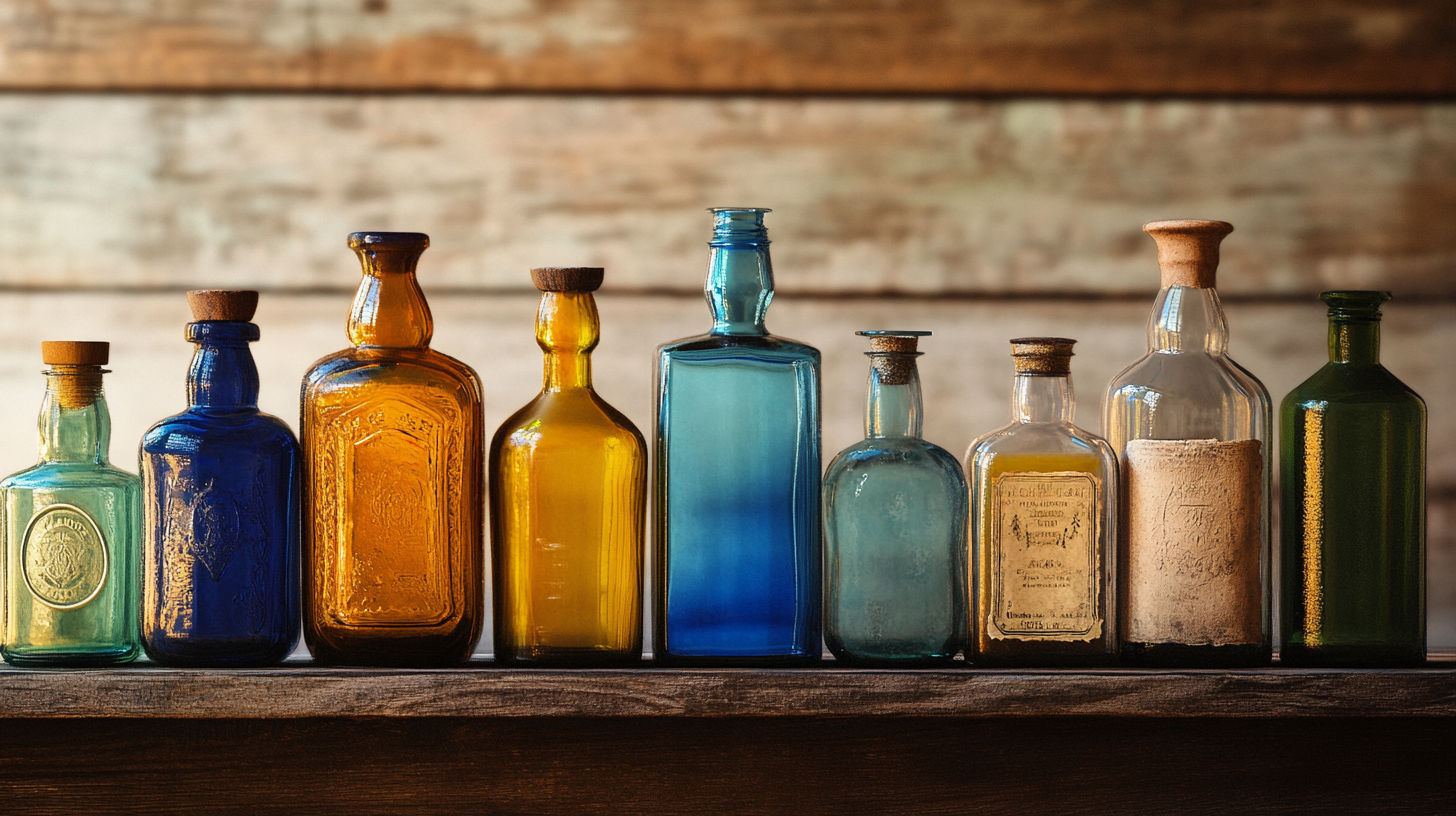
Common Antique Bottle Types by Shape
Historic Bottle Types by Shape
| Category | Price Range | Notes |
|---|---|---|
| Flask | Flattened oval shape | Alcohol, typically whiskey or spirits |
| Bitters Bottle | Often rectangular or figural | Medicinal alcohol preparations |
| Soda/Mineral Water | Round with rounded or torpedo bottoms | Carbonated beverages |
| Medicine/Pharmacy | Small, rectangular or oval | Patent medicines and prescriptions |
| Poison Bottle | Distinctive shapes, often with ribbing | Household poisons, marked to prevent accidents |
| Ink Bottle | Small, often conical or umbrella-shaped | Writing ink |
| Food Bottle/Jar | Wide mouth design | Preserved foods and condiments |
Note: Price ranges are approximate and can vary based on condition, rarity, and market demand.
Functional Design Elements
Beyond basic shapes, many bottles feature functional design elements that provide further clues to their use:
- Narrow necks: Common in liquor, wine, and extract bottles to control pouring
- Wide mouths: Found in food jars for easy access to contents
- Square/rectangular bodies: Used for medicines and extracts to maximize shelf space
- Embossed warning patterns: Ridges, hobnails, or distinctive shapes on poison bottles
According to Antique Trader, these functional design elements became standardized in the late 19th century as mass production increased, making them valuable clues for identification.
Decoding Colors and Glass Composition
Glass Colors and Their Significance
Glass color is not arbitrary—different colors were used for different purposes and during different time periods. The color can help narrow down the age of a bottle and sometimes indicate what it once contained.
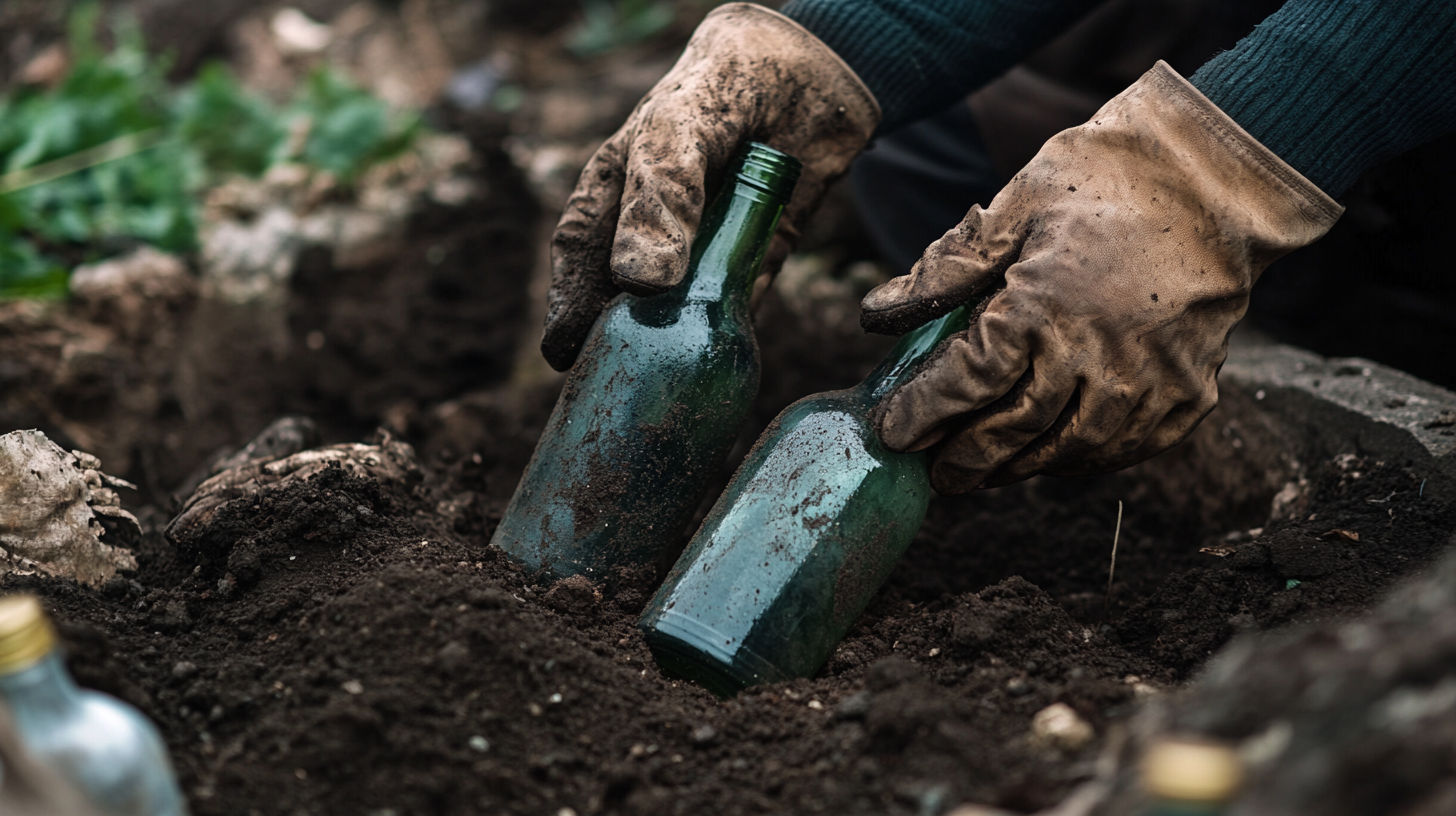
Dating Bottles by Color
Glass Colors and Dating Periods
| Category | Price Range | Notes |
|---|---|---|
| Aqua/Light Blue-Green | Pre-1920s | Natural glass color with iron impurities; most common in 19th century bottles |
| Black Glass (Dark Olive) | 1700s-1870s | Used for wine, liquor, and mineral waters; appears black but is very dark green |
| Cobalt Blue | 1840s-1930s | Used for medicines, poisons, and cosmetics; highly collectible |
| Amber/Brown | 1860s-Present | Beer, whiskey, and medicines; protects contents from light |
| Purple/Amethyst | 1880s-1920 | Clear glass that turned purple from manganese exposure to sunlight |
| Milk Glass (Opaque White) | 1870s-1920s | Cosmetics, ointments, and food products |
| Clear (Non-Purple) | Post-1920 | Modern colorless glass after switch from manganese to selenium |
Note: Price ranges are approximate and can vary based on condition, rarity, and market demand.
Specialty Glass Types
Some bottles feature distinctive glass compositions:
- Carnival Glass: Iridescent surface treatment that creates a rainbow-like effect
- Depression Glass: Often in pastel colors, mass-produced during the 1920s-1940s
- Vaseline Glass: Yellow-green glass containing uranium that glows under UV light
- Sun-Colored Amethyst: Clear glass that turned purple from exposure to sunlight due to manganese content
As noted by glass expert Bill Lindsey on the Historic Bottle Website, manganese was used as a decolorizing agent in glass from the 1880s to 1920, when World War I disrupted manganese imports and manufacturers switched to selenium. This makes “purple” glass a reliable dating tool for bottles from this era.
Reading Maker’s Marks and Embossing
Decoding Bottle Markings
Many antique bottles feature embossed text or symbols that can tell you who made them, what they contained, where they were made, or when they were produced. These markings are invaluable for accurate identification.
Manufacturer’s Marks
Bottle maker’s marks typically appear on the bottom (base) of bottles, though they may sometimes be found on the lower heel area or body. The Glass Bottle Marks website is an excellent resource for identifying these marks.
Common Bottle Base Markings
Bottle Digging Ethics
If you’re interested in bottle digging (excavating old dump sites for bottles), be aware of legal and ethical considerations:
- Always obtain permission from property owners
- Research local laws regarding excavation and artifact collection
- Never dig on protected historical sites or cemeteries
- Practice responsible digging by refilling holes and properly disposing of non-collectible items
- Document the context of your finds when possible
Common Questions About Old Glass Bottles
Frequently Asked Questions
How can I identify an old glass bottle?
Identify old glass bottles by examining:
1. Manufacturing marks (mold seams, pontil scars)
2. Embossing and maker's marks on the base or body
3. Closure type (cork, screw top, crown cap)
4. Glass color and composition
5. Bottle shape and design features
These physical characteristics changed over time as manufacturing techniques evolved, allowing you to narrow down a bottle's age and origin.
How do I find out what year my bottle was made?
To determine the year a bottle was made:
1. Check for date codes on the bottom (often in 2-digit format)
2. Examine the manufacturer's mark and research when that company operated
3. Look at manufacturing techniques (bottles with pontil marks are generally pre-1870s; machine-made bottles are post-1910)
4. Research the brand or product embossed on the bottle
5. Consider glass color (certain colors were used in specific time periods)
The [Society for Historical Archaeology's Dating Page](https://sha.org/bottle/dating.htm) provides comprehensive information on dating bottles by their physical characteristics.
How can I tell if a bottle is valuable?
Factors that influence bottle value include:
1. Age: Generally, older bottles (pre-1900) are more valuable
2. Rarity: Uncommon colors, unique shapes, or limited production items
3. Condition: No chips, cracks, or significant wear
4. Historical significance: Association with important events or persons
5. Aesthetic appeal: Attractive color, interesting embossing, or decorative features
6. Collector demand: Popularity among specialized collectors
For a specific valuation, consult price guides, auction results, or get an appraisal from an antique bottle specialist.
What does a pontil mark look like on a bottle?
A pontil mark appears on the base of a bottle and can take several forms:
1. Glass-tipped pontil: A rough, circular or oval scar with jagged glass
2. Iron pontil: A reddish-brown or graphite-colored circular mark
3. Sand pontil: A circular rough area with a sandpaper-like texture
4. Open pontil: An open ring or circular indentation
The presence of any pontil mark typically indicates a bottle made before the 1870s, when snap tools replaced pontil rods in the glass manufacturing process.
What are the most valuable types of old bottles?
The most valuable antique bottles typically include:
1. Historical flasks with presidential or patriotic motifs (1820-1870)
2. Colored cure or bitters bottles, especially in unusual colors
3. Figural bottles shaped like people, buildings, or objects
4. Pre-Civil War bottles with pontil marks
5. Bottles with historical significance or from famous manufacturers
6. Early American sealed bottles (pre-1820)
7. Poison bottles in rare colors or unusual shapes
Bottles in these categories in excellent condition can sell for hundreds or even thousands of dollars to specialized collectors.
Is there an app for identifying old bottles?
While several apps claim to identify antique bottles, most experienced collectors recommend traditional research methods instead:
1. Online resources like the [Society for Historical Archaeology's Bottle Website](https://sha.org/bottle/)
2. Reference books such as "Antique Trader Bottles Identification & Price Guide"
3. Collector forums like [Antique-Bottles.net](https://www.antique-bottles.net/)
4. Social media groups dedicated to bottle collecting
Current AI and image recognition technology has limitations when identifying the nuanced characteristics of antique bottles. Traditional research typically yields more accurate results.
Why are some old bottles purple or amethyst colored?
Purple or amethyst-colored bottles weren't originally made purple. This color change occurred because:
1. Between the 1880s and 1920, manganese dioxide was added to glass as a decolorizing agent to create clear glass
2. When exposed to ultraviolet light (sunlight) over time, the manganese reacts and turns the glass purple
3. The intensity of the purple color depends on the amount of manganese in the glass and the duration of sun exposure
These "sun-colored amethyst" (SCA) bottles were originally clear and are typically dated to the period between 1880 and 1920. The purple color is actually evidence of age and can help date the bottle.
How should I clean old glass bottles without damaging them?
Clean antique bottles safely using these methods:
1. For light dirt: Warm water with mild dish soap and a soft bottle brush
2. For mineral deposits: Soak in a solution of vinegar and water (50/50)
3. For stubborn residue: Fill with uncooked rice and water, then gently swirl
4. For interior stains: Denture cleaning tablets dissolved in water
Always avoid:
- Harsh chemicals or abrasives
- Dishwashers or extreme temperature changes
- Vigorous scrubbing that might scratch the glass
Remember that some patina and wear is expected on antique bottles and can actually validate their age and authenticity.
Conclusion
Identifying and valuing old glass bottles combines knowledge of manufacturing techniques, historical context, and collector preferences. By examining physical characteristics like mold seams, pontil marks, colors, and embossing, you can piece together the story of a bottle’s origin, age, and potential value.
Whether you’re a serious collector, occasional bottle digger, or simply curious about a found treasure, the resources mentioned in this guide can help you dive deeper into the fascinating world of antique bottles. Each bottle represents a tangible connection to the past—a functional object that survived decades or centuries to tell its story.
Remember that the journey of learning about antique bottles is ongoing, with each new find presenting an opportunity to expand your knowledge. Join online communities, visit bottle shows, and consult reference materials to continue developing your expertise in this rewarding collecting field.
External Resources
Society for Historical Archaeology Bottle Website
Comprehensive resource for dating and typing historic bottles, with detailed information on manufacturing techniques, makers marks, and physical characteristics.
Glass Bottle Marks - Manufacturer Identification
Extensive database of glass manufacturers' marks found on bottles and jars, organized alphabetically for easy research.
Antique Bottles Forum
Active community of bottle collectors and experts who help with bottle identification and valuation questions.
Reddit r/BottleDigging Community
Subreddit dedicated to bottle digging and collecting with many examples of identified bottles and helpful members.
Bottle Bases Page - SHA
Detailed information on identifying and dating bottle bases, including pontil marks and manufacturer's marks.
Antique Trader Guide to Bottle Trademarks
Guide to understanding and identifying trademarks and other markings found on vintage and antique bottles.
